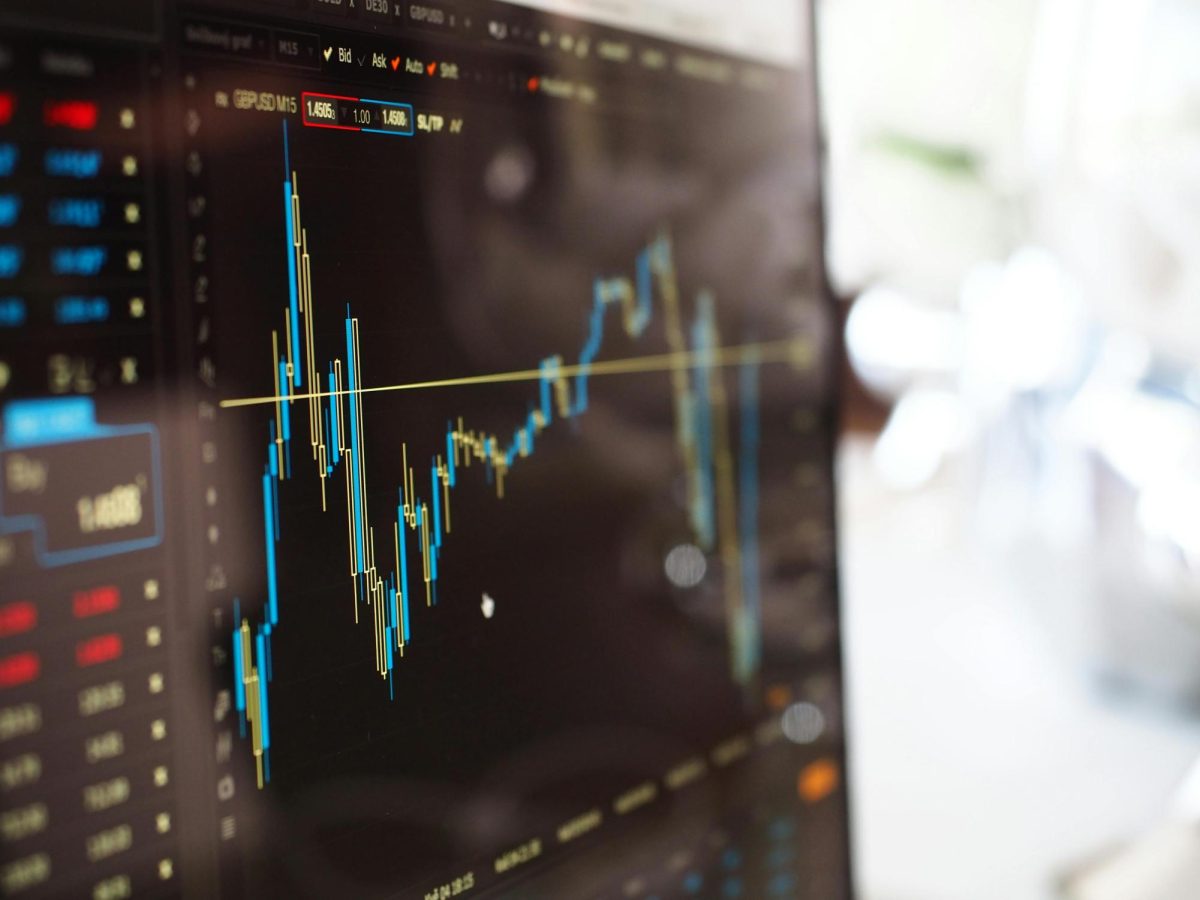In the world’s bustling financial markets, a mosaic of trading types unfurls, each with unique risks and rewards. From the fast-paced sprint of day trading, where investors capitalize on immediate daily market movements, to the patient foxes that wait for their food (money) of position trading, everyone wants to get rich. Trading in the stock market is not for the faint of heart. It contains many people who are mathematical geniuses and people who are working a 9-5 job. The promise of quick money lures many people, but in harsh reality, 90% of amateurs lose their investments.
Trading is a concept where two parties buy and sell commodities or services to each other. The most common financial instruments traded are stocks, bonds, commodities, futures contracts, options, mutual funds, ETFs, and currencies (i.e., Forex). “Additionally, cryptocurrency trading (such as Bitcoin or Ethereum) has grown highly popular among traders and is notably addictive due to its volatility and 24/7 trading hours.” All of these examples are ways that normal people can trade. There are many apps that are easily accessible to the average person, making it a popular hobby for many people. People who trade are usually from large financial companies, brokerages, and trading houses.
Day trading is classified by its pulse-quickening pace and involves buying and selling securities within a single market day. It is a hazardous type of trading because, according to Investopedia, it “is a risky, speculative business, and the leveraging goes down just as fast and as much as it goes upward.” The potential of substantial profits in a single trading session draws people in. People who don’t work in the trading field enter the arena with expectations as high as towering as skyscrapers, envisioning swift financial success and the thrilling autonomy of outsmarting the markets. Yet, it also comes with very harsh risks and may leave you with your money gone, as if you were at a casino.
People, however, like the riskiness. The market always has price fluctuations. It is unpredictable and volatile. The investor has to make them to buy or sell. It creates an environment where people must seize the opportunity or lose the chance to earn money. Unlike traditional trading, which involves waiting for significant returns over a long period, day trading gives results instantly. Trading offers instant gratification to the human brain by releasing an “opium-like substance called dopamine that rewards the brain’s pleasure centers.” Every time a trader makes a profit, dopamine is released, and the body craves it more and more, making trading even more pleasurable.
The competitive aspect makes trading even more addicting. Many people believe they can predict the market. This market mastery draws people in because they think they can earn a lot of money. Another competitive aspect is the direct competition between people. People always want to win and outperform each other. Traders try to stay on top of the economy and breaking news that might make the market fluctuate. This competitive dimension adds excitement and challenge to the day trading environment, driving traders to not only outsmart the markets but also to surpass their peers.
Another reason that can contribute to the craze of day trading is the stories of success from social media, news articles, and even family. For example, “Ross Cameron turned from joblessness into day trading success. He turned $583.15 into over $10M,” and “Takashi Kotegawa. . .started with a capital of $13,600, which would later grow to give him $153 million in eight years.” Success stories are all over the internet and give a lot of people the thought of becoming rich. So many social influences contribute to why people start to try trading. It is exceedingly common in the modern age. Even the icon on the bottom left of the window taskbar shows big companies’ recent rises and falls.
Engaging in day trading has the potential to result in financial challenges, negative impacts on mental health, and may even lead to the development of an addiction. Even though becoming rich is enticing, being careful and safe in decision-making is vital. There is a high reward when there’s a high risk, but this riskiness comes with the possibility of a hidden pitfall. The fast, unpredictable nature of the market can be unhealthy. It can take extremely serious and financial tolls on people’s lives. It isn’t a monopoly game; it’s the game of life.

